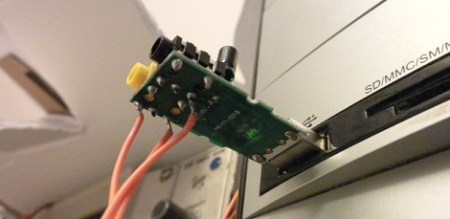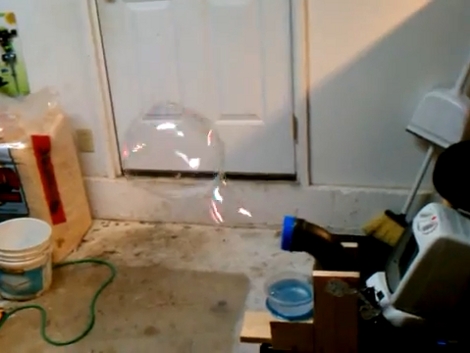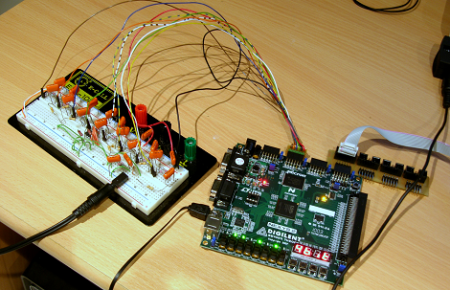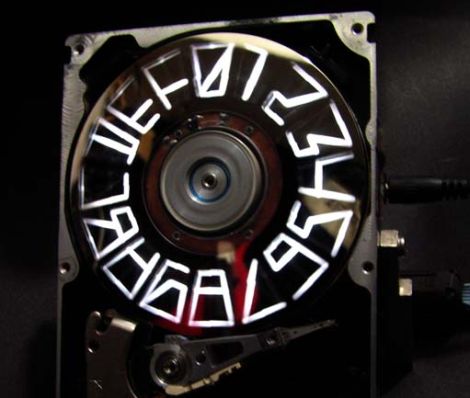
Self-declared Mad Scientist and Instructables user [Trevor Nestor] recently built a pulse laser pistol and decided to share his build process, so that you too can build a ray gun at home. The gun is made up of mostly scavenged components, save for the Neodymium:YAG laser head, which he purchased on eBay for about $100. He does say however, that you can score an SSY-1 laser from an old rangefinder, providing you hang out near a stockpile of decommissioned Abrams tanks.
[Trevor] walks you through the process of recycling old disposable cameras to get enough components for a capacitor bank, as well as how the charging circuit should be constructed. He also discusses how the laser head needs to be wired, before showing off the finished laser pistol in a cheeky video, embedded below.
While the gun lacks the finish of this laser pistol we showed you, it’s no less potent when shooting through plastics, wood, and thin metals. It’s a great starting point if you are looking to build a laser of your own, leaving room for improvements, such as a faster charging circuit.
Continue reading “How To Build Your Own Pulsed Laser Pistol”
















